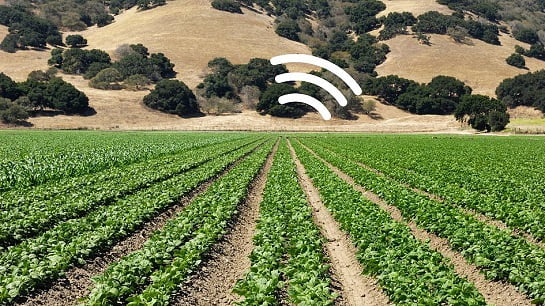All wireless and/or “Smart” technology is vulnerable to hacking (see 1, 2, 3, 4, 5) and other significant mishaps (see 1, 2). Serious warnings about Internet of Things (IoT) technology’s high failure rate and enormous vulnerability to hackers have been ongoing for years. Last August, IBM warned about a security flaw in millions of IoT devices including “Smart” Meters and medical implants.
In December, President Trump signed IoT Cybersecurity Improvement Act of 2020 to create standards and guidelines on the use and management of IoT devices by federal agencies.
Nevertheless, sensors that operate and transmit wirelessly are still being used and/or considered for critical tasks including sewage maintenance. Scientists at MIT have taken this even farther.
From Euronews:
SCIENTISTS HAVE TAUGHT SPINACH TO SEND EMAILS AND IT COULD WARN US ABOUT CLIMATE CHANGE
It may sound like something out of a futuristic science fiction film, but scientists have managed to engineer spinach plants which are capable of sending emails.
Through nanotechnology, engineers at MIT in the US have transformed spinach into sensors capable of detecting explosive materials. These plants are then able to wirelessly relay this information back to the scientists.
When the spinach roots detect the presence of nitroaromatics in groundwater, a compound often found in explosives like landmines, the carbon nanotubes within the plant leaves emit a signal. This signal is then read by an infrared camera, sending an email alert to the scientists.
This experiment is part of a wider field of research which involves engineering electronic components and systems into plants. The technology is known as “plant nanobionics”, and is effectively the process of giving plants new abilities.
“Plants are very good analytical chemists,” explains Professor Michael Strano who led the research. “They have an extensive root network in the soil, are constantly sampling groundwater, and have a way to self-power the transport of that water up into the leaves.”
“This is a novel demonstration of how we have overcome the plant/human communication barrier,” he adds.
So after grinding this spinach into a powder it’s safe to eat? Has the Food and Drug Administration (FDA) approved this? Will there be labels on the powder that the converted-to-be edible product originally served as sensors for wireless transmissions? Some health nuts may not want to add something like that to their smoothies – or their children’s.
Activist Post reports regularly about unsafe technology. For more information, visit our archives.
Image: Pixabay
Subscribe to Activist Post for truth, peace, and freedom news.



